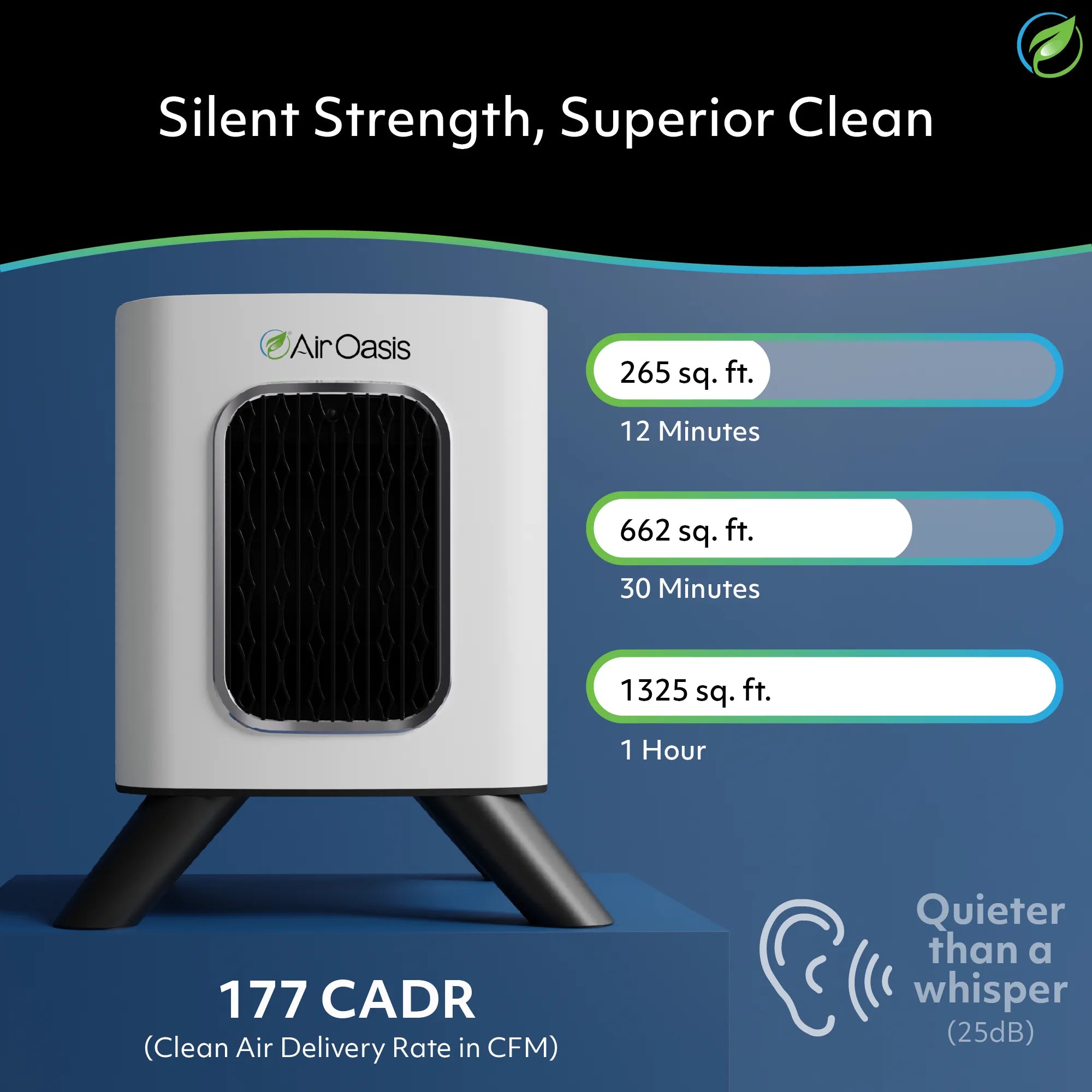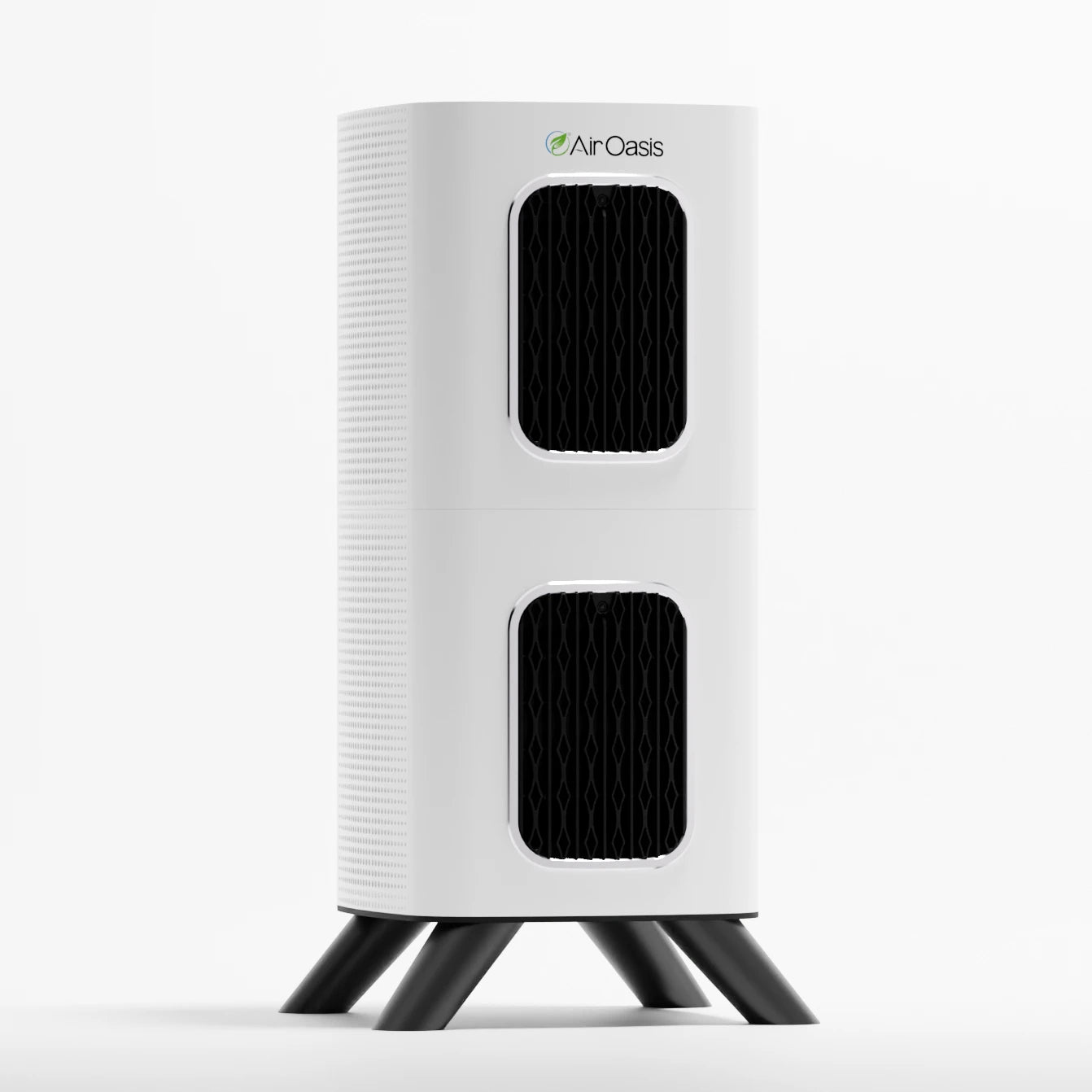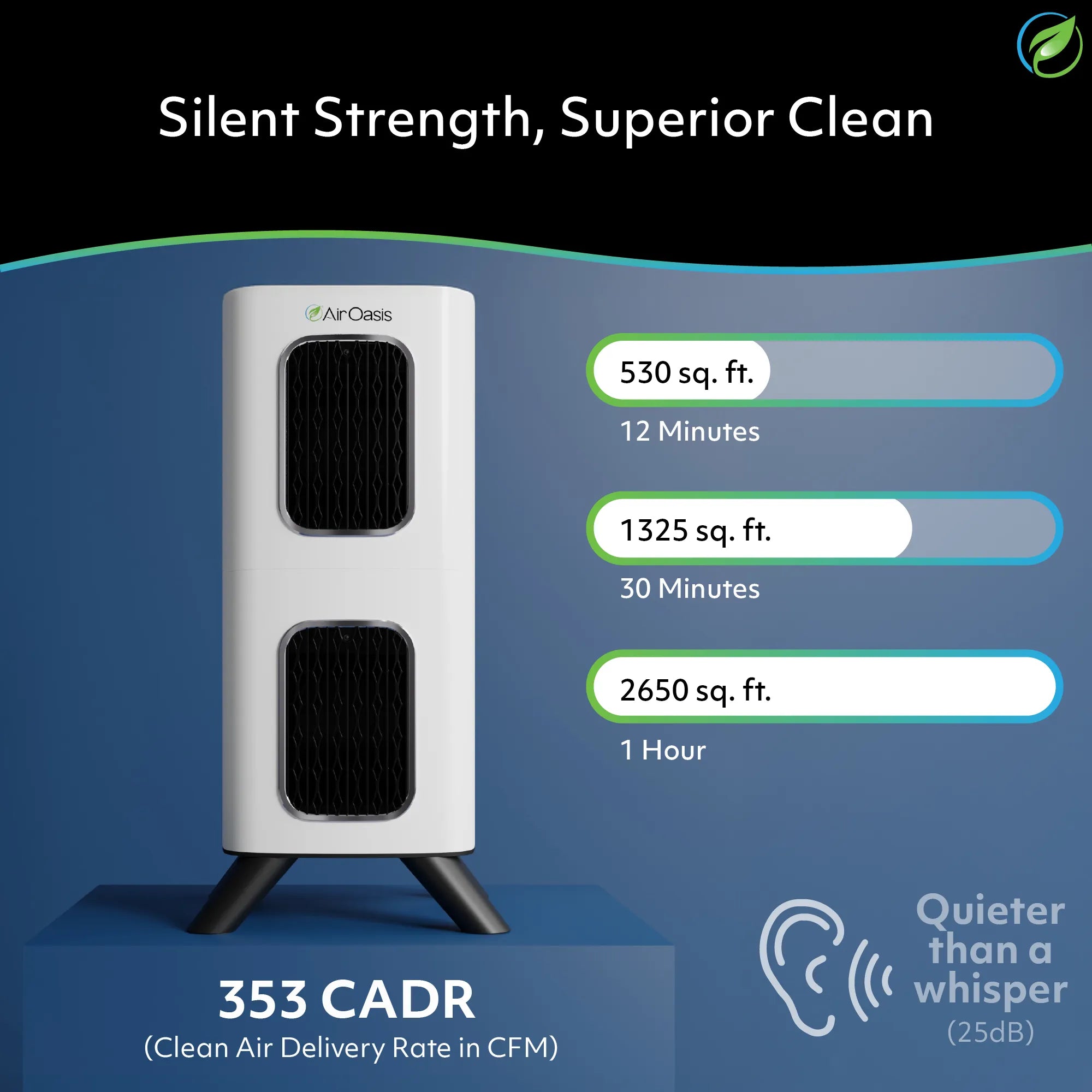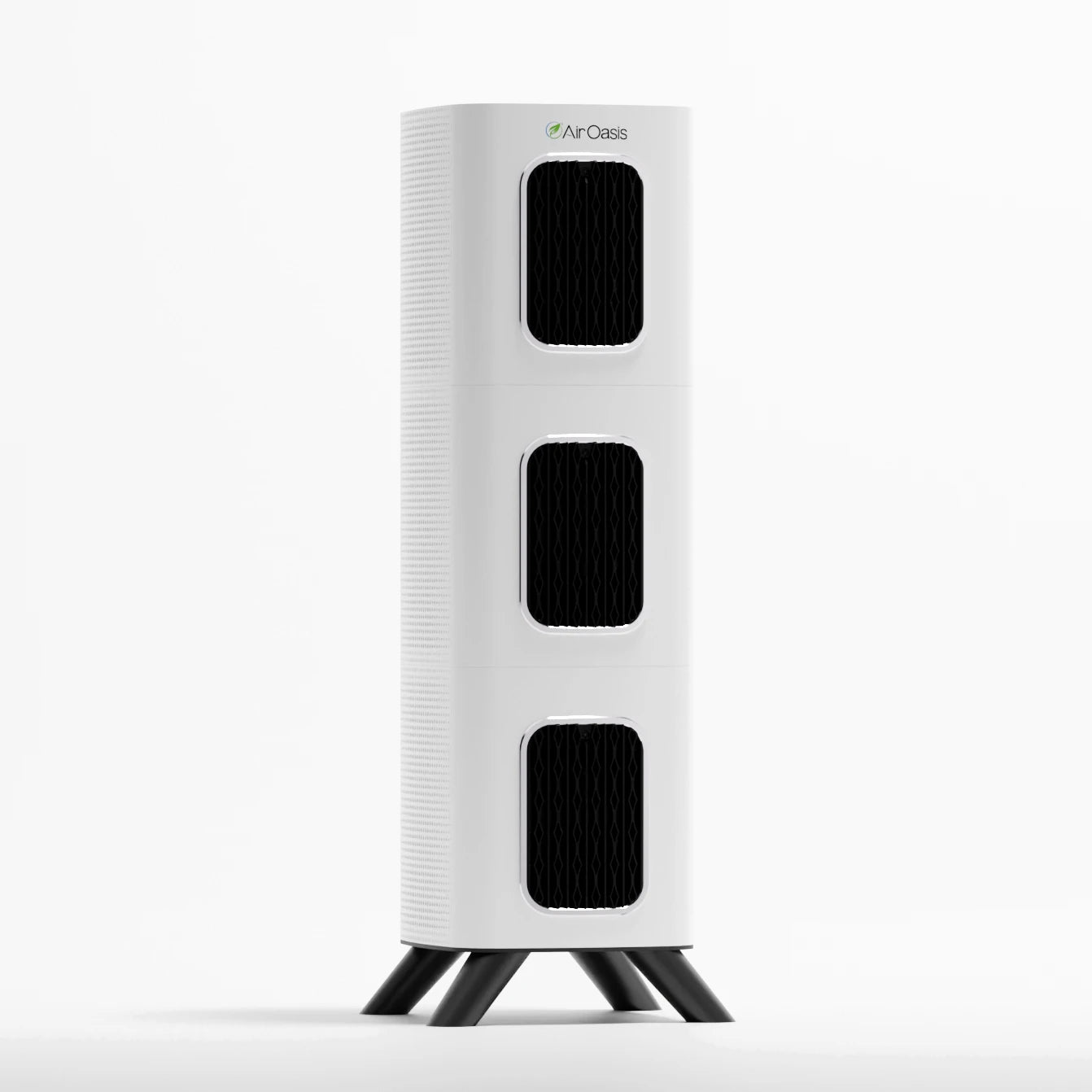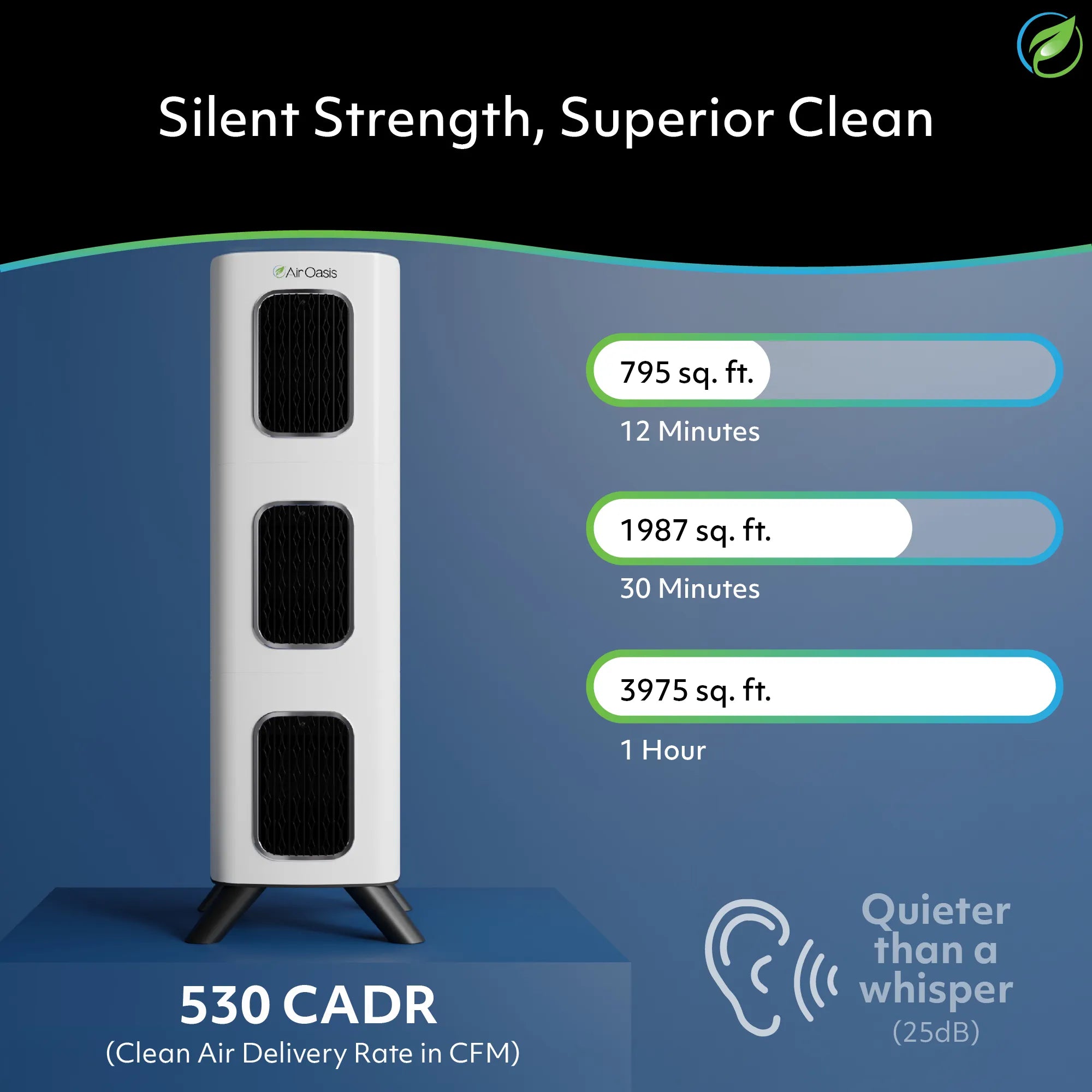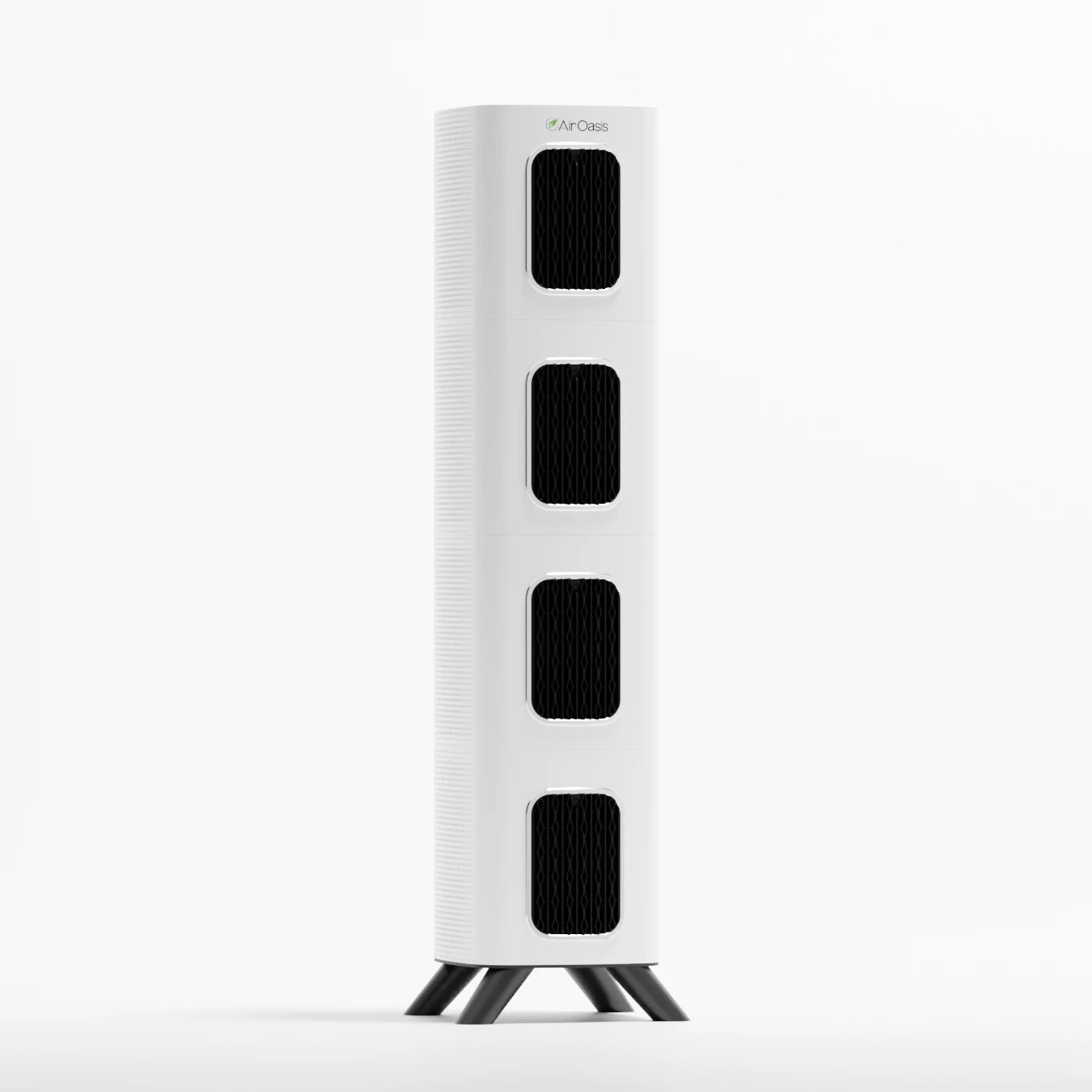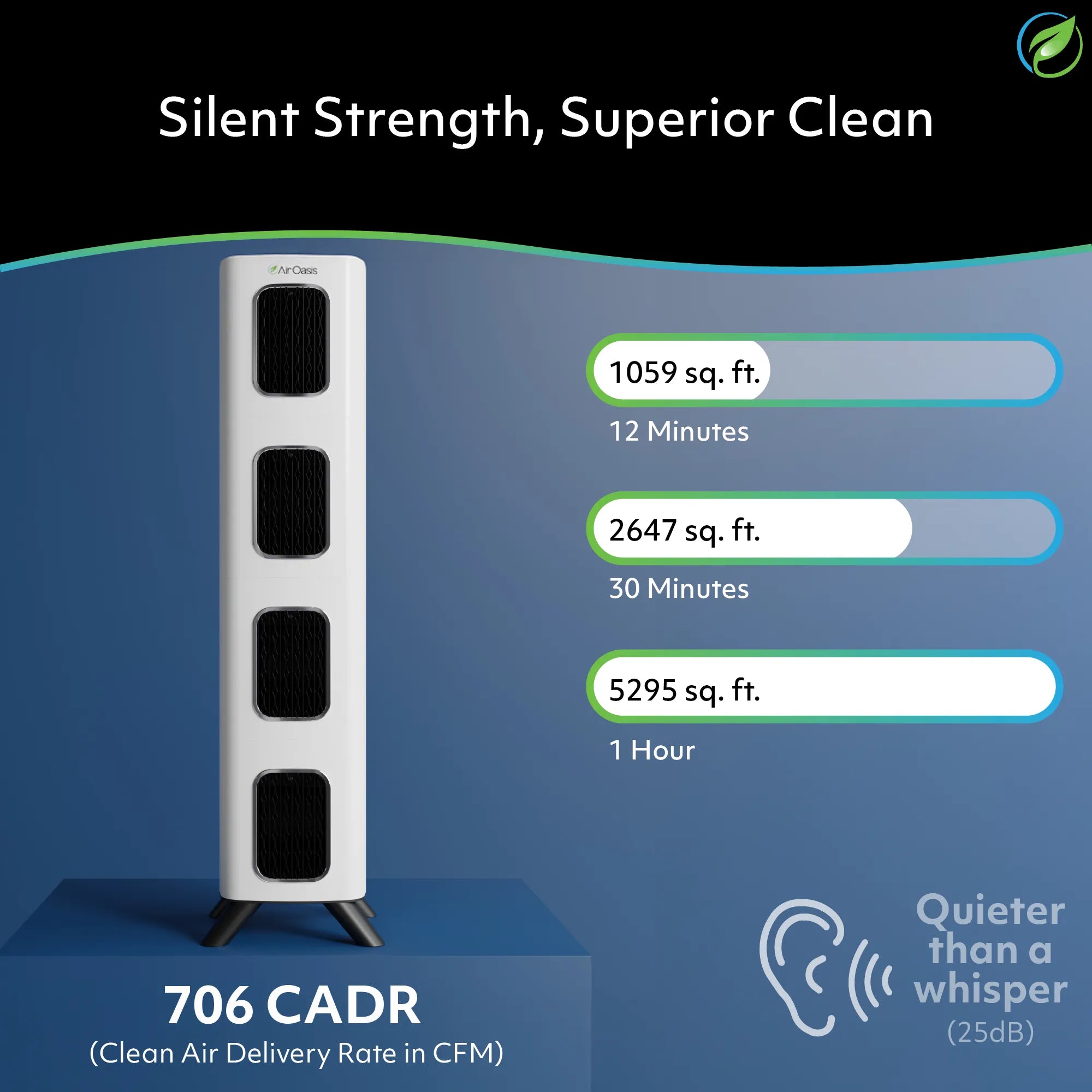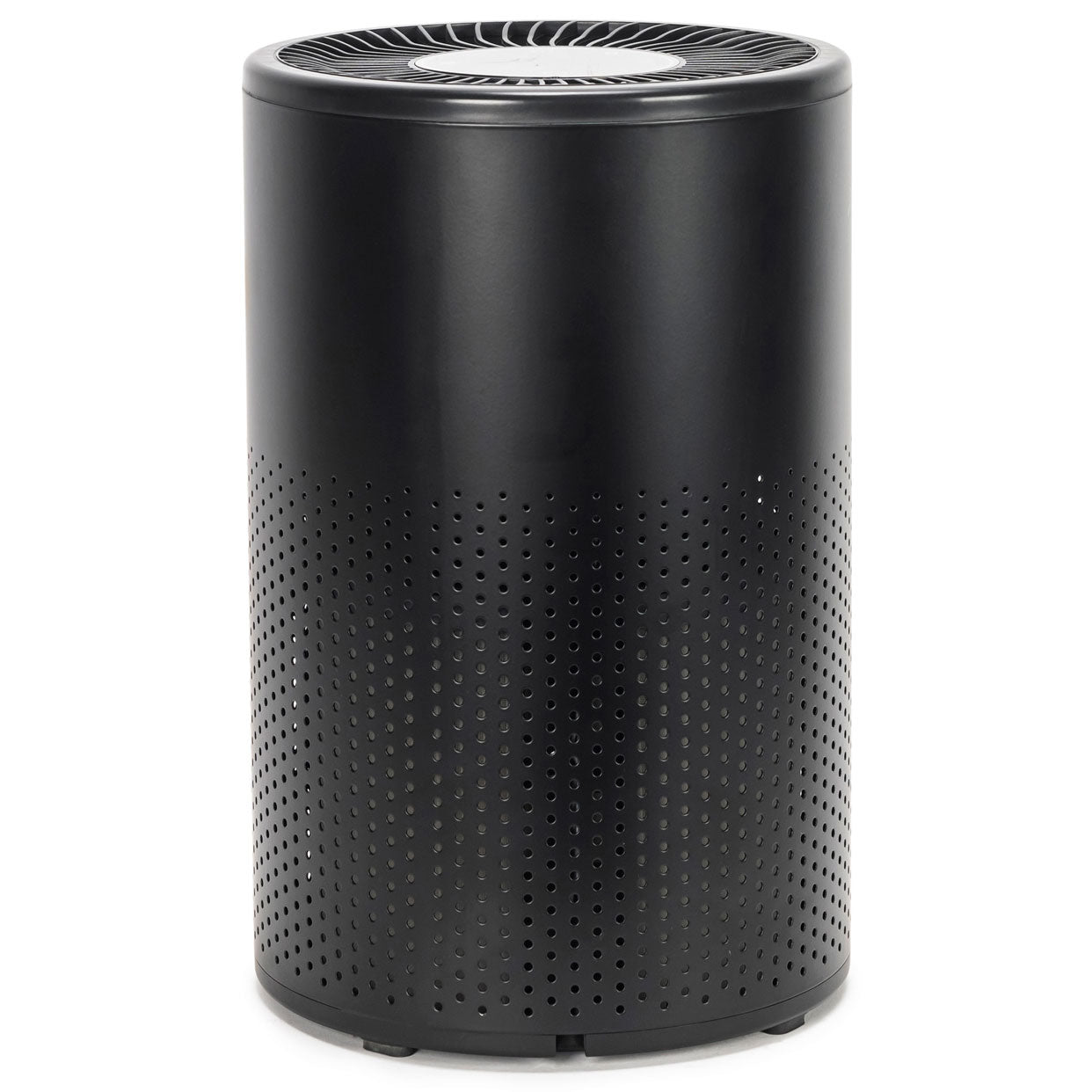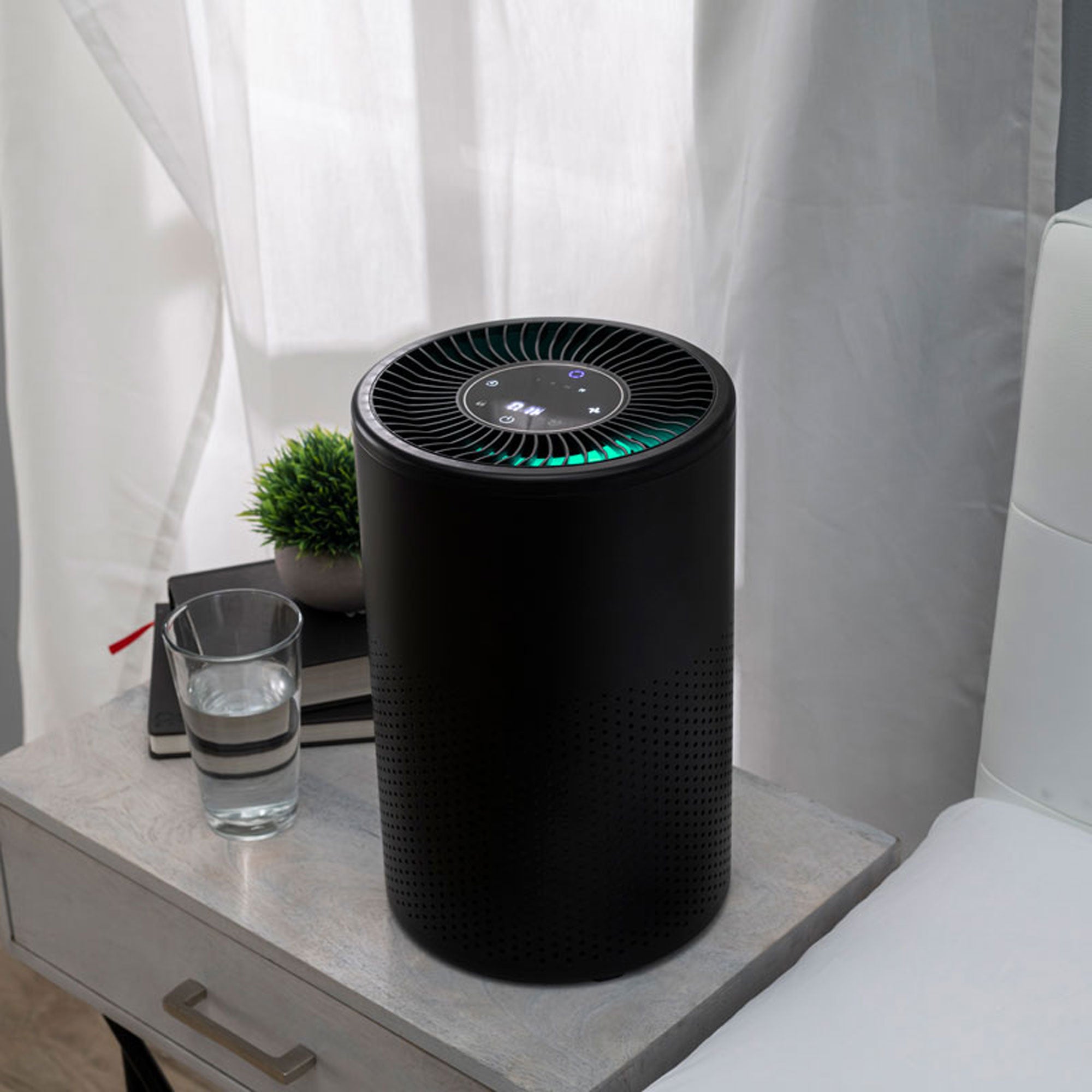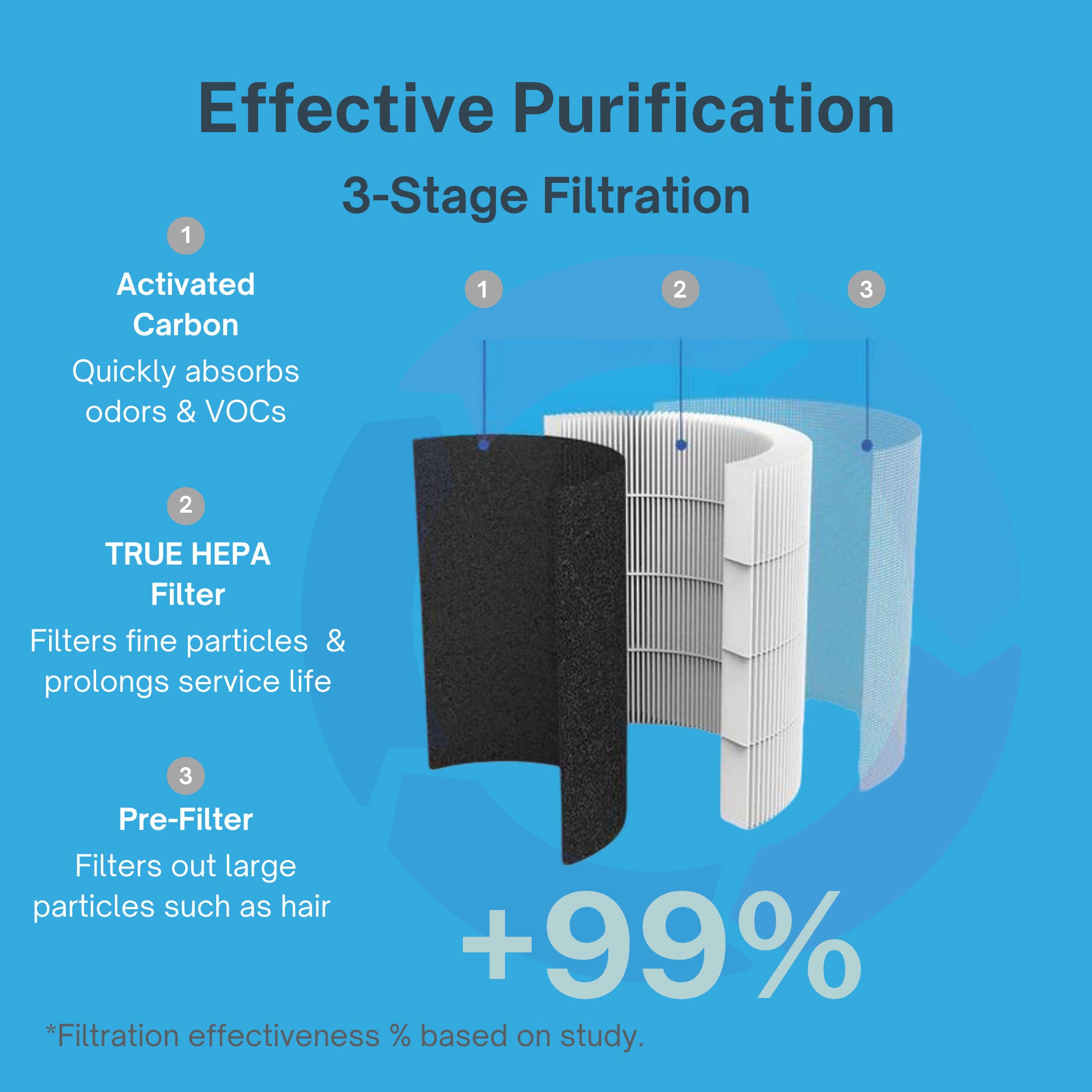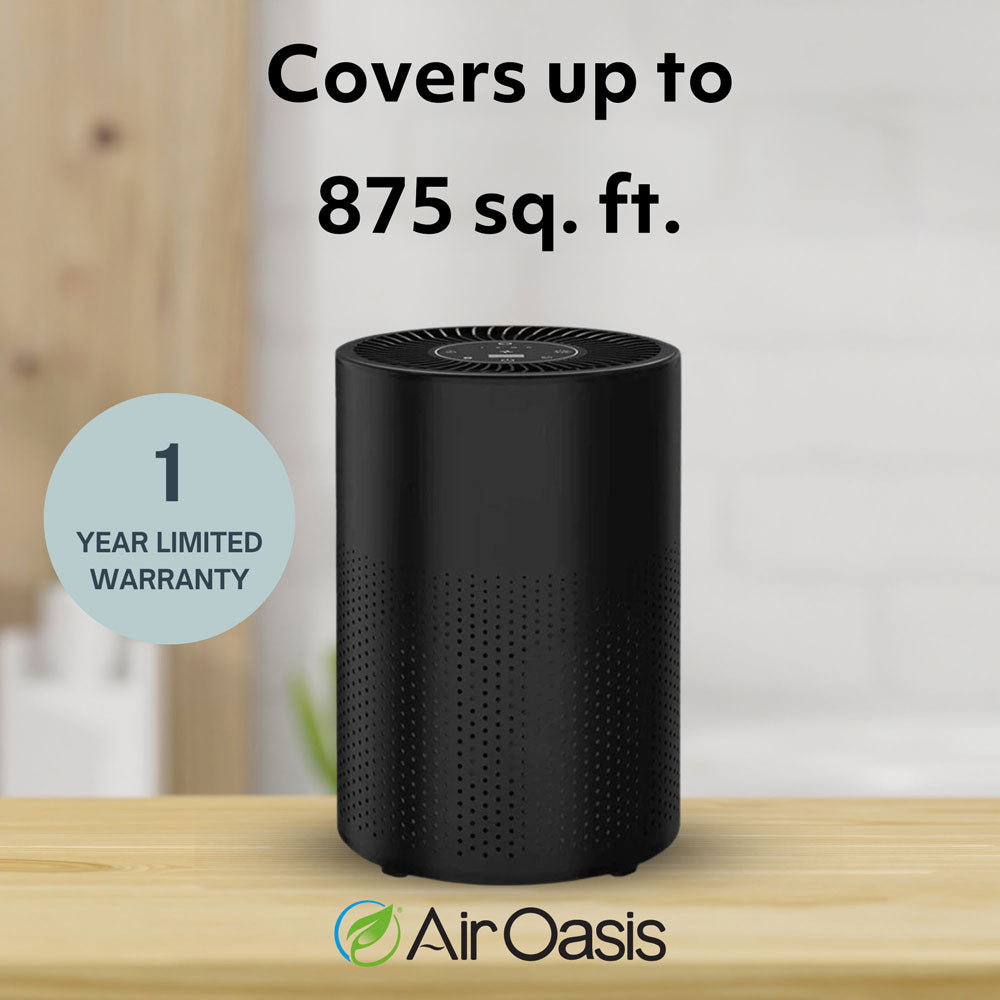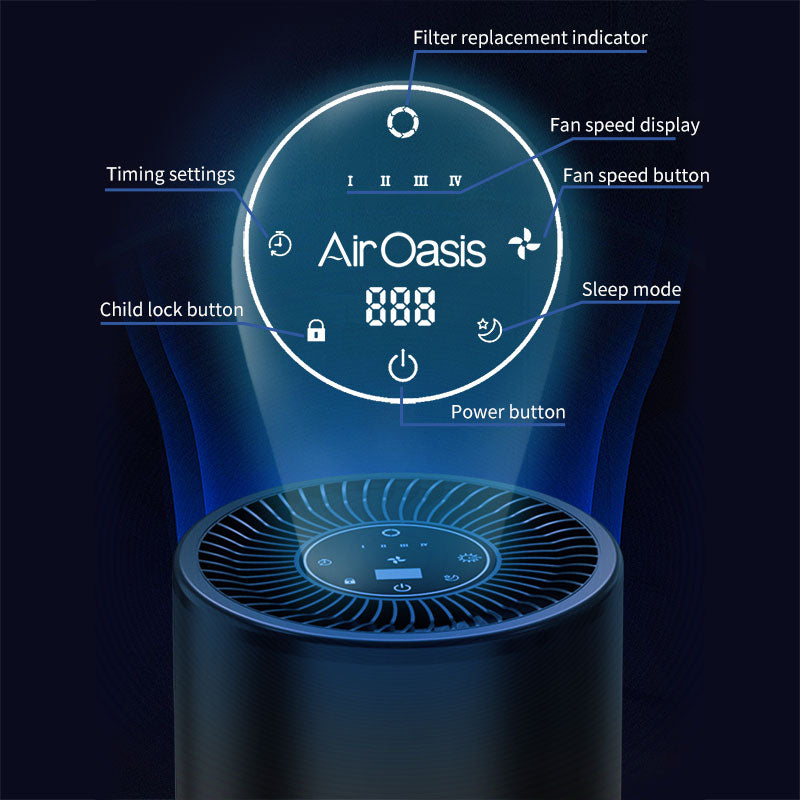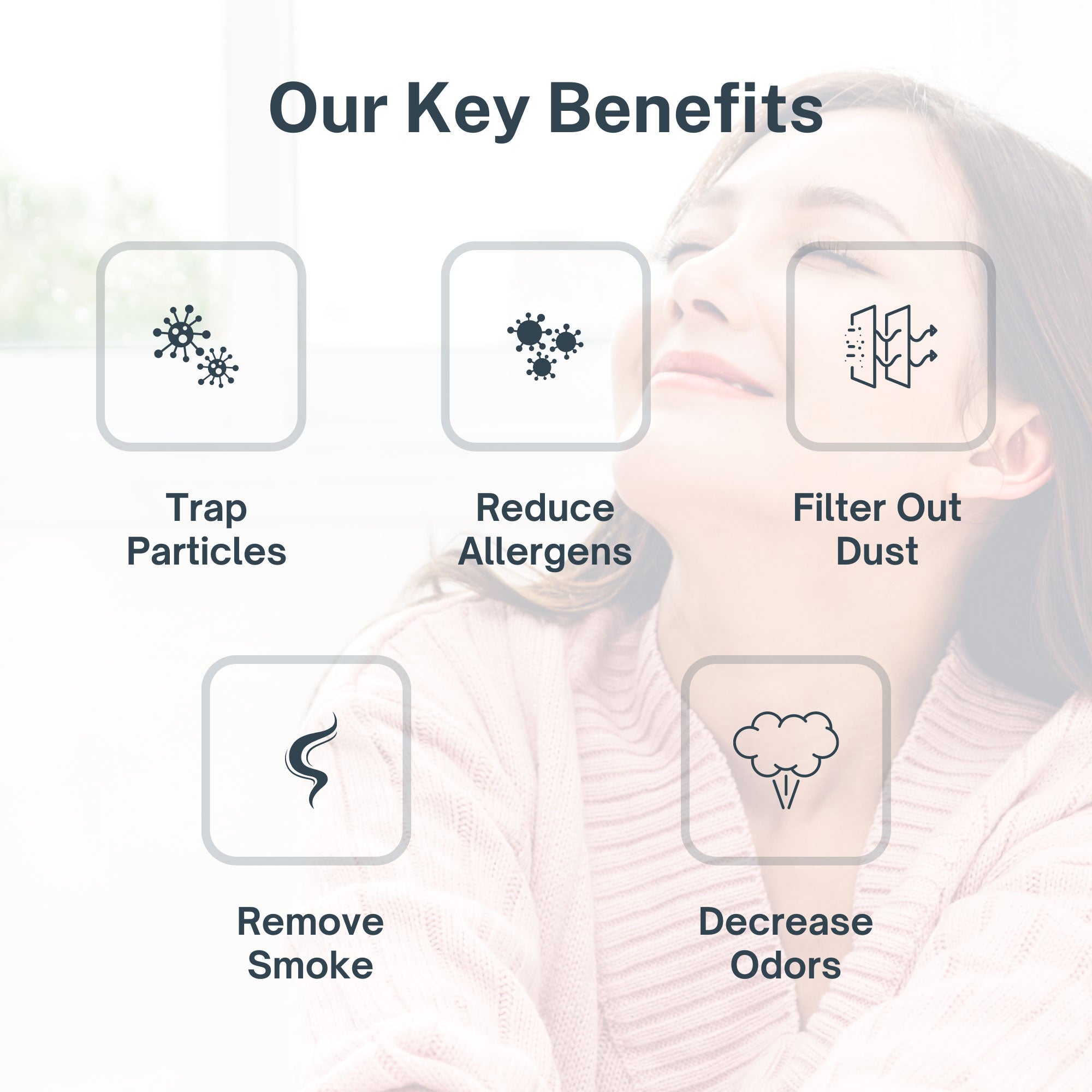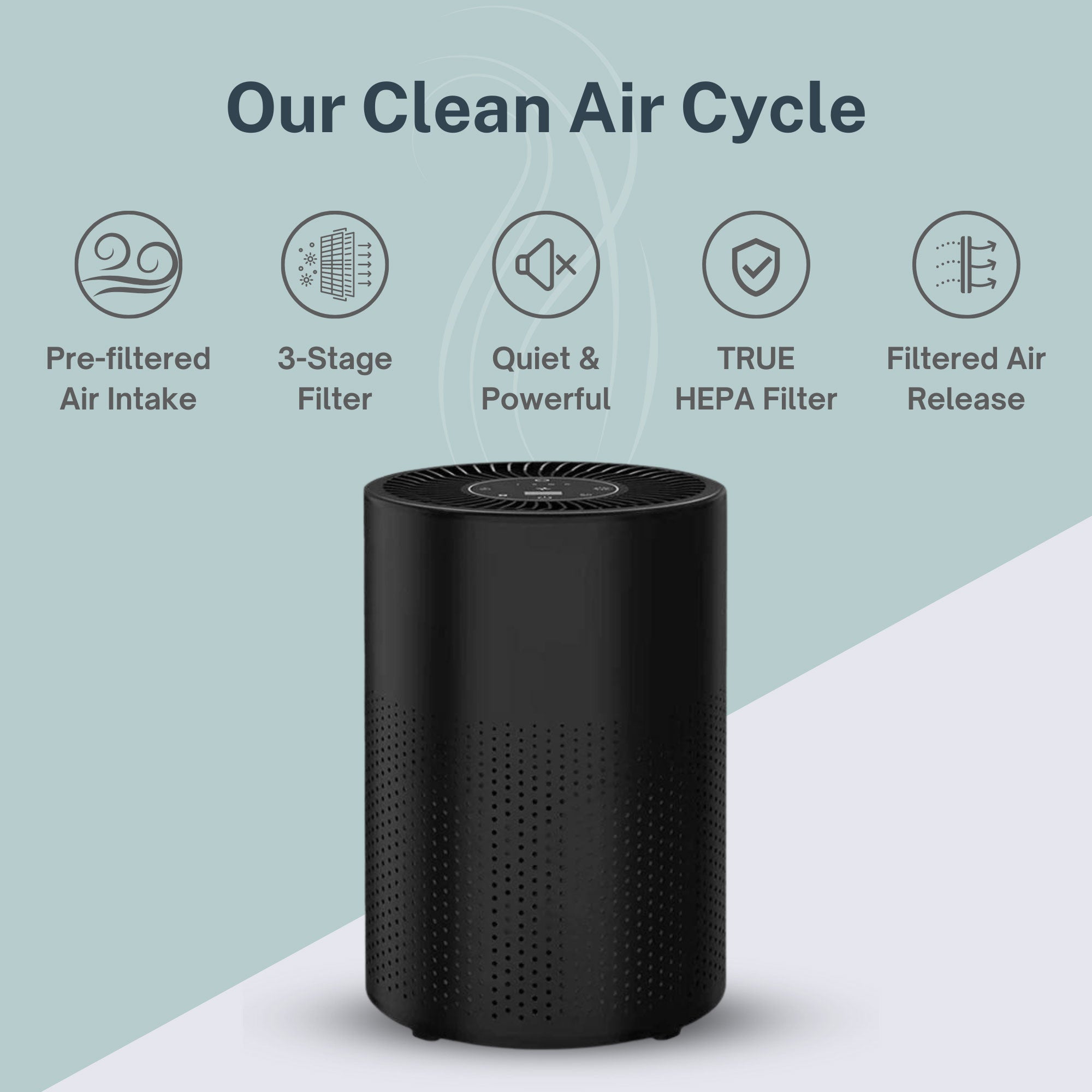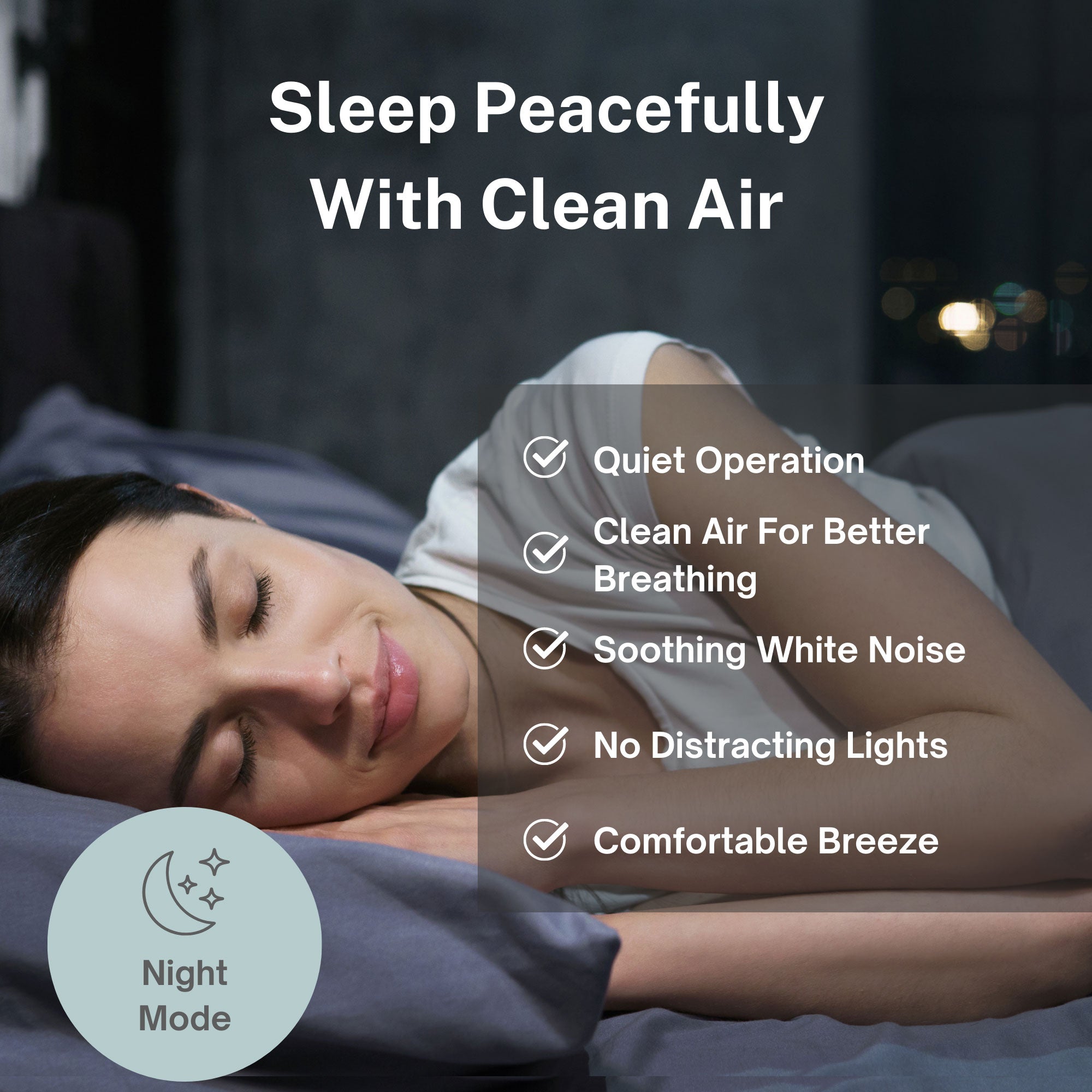If you're a parent, you probably worry about plenty of things that could affect your child's health and development. Air pollution might not be at the top of your list, but new research suggests it should be. A major study from China has found that children exposed to air pollution are more likely to start puberty early—sometimes years before they should.
The study looked at over 2,200 children and found that tiny particles in polluted air can trigger early sexual development. Girls were especially affected, making up 96% of the cases, with many starting puberty around age 7 instead of the normal age of 8 or later. This isn't just about reaching milestones a little early—early puberty can cause serious problems for your child's physical growth, emotional health, and social development.
What makes this research particularly concerning is that the pollution levels that caused these problems aren't unusual. The air quality in the study was similar to what millions of children breathe every day in cities around the world. This means the problem could be affecting far more children than we realize.
Understanding Precocious Puberty and Its Consequences
Precocious puberty occurs when secondary sexual characteristics appear before age 8 in girls and before age 9 in boys. This condition goes beyond simply reaching milestones earlier—it can lead to serious long-term health and social consequences that affect children throughout their lives.
Children experiencing early puberty often face psychological challenges including increased anxiety, depression, and behavioral problems as they navigate physical changes their peers haven't yet experienced. The early onset of puberty can also result in shorter adult height due to premature bone growth plate closure, potentially affecting a child's self-esteem and physical capabilities.
The study identified two main types of precocious puberty: central precocious puberty, where the brain's hormonal control system activates early, and simple breast or testicular development, where physical changes occur without full hormonal activation. Both types showed similar responses to air pollution exposure, suggesting that particulate matter affects multiple pathways involved in sexual development.
Understanding these risks becomes crucial as parents seek to protect their children from environmental factors that could disrupt normal development during these critical years.
Fine Particles Pose the Greatest Risk
The research found that PM2.5 and PM10 particles carry the most significant risk for triggering early puberty, with PM2.5 showing the strongest delayed effects occurring 27 days after exposure. These microscopic particles can carry various chemicals including polycyclic aromatic hydrocarbons and heavy metals that act as endocrine disruptors, interfering with the body's hormonal systems.
PM2.5 particles are particularly dangerous because they're small enough to penetrate deep into the respiratory system and enter the bloodstream, allowing them to reach hormone-producing organs throughout the body. Once there, these particles can disrupt normal hormone production and trigger premature activation of puberty-related processes.
The study showed that children exposed to PM2.5 concentrations of 38.81 μg/m³ faced increased precocious puberty risks—nearly four times higher than World Health Organization safety guidelines. This level of pollution is common in many urban areas worldwide, meaning millions of children may be at risk from everyday air quality conditions.
The delayed effect pattern suggests that particles need time to accumulate in the body and build up enough toxic load to trigger hormonal disruption. This finding indicates that even brief periods of high pollution exposure could have lasting developmental consequences for children.
The Biological Mechanisms Behind Early Puberty
Air pollution affects children's development through multiple biological pathways that interfere with normal hormonal function. Fine particles generate reactive oxygen species that create oxidative stress throughout the body, potentially triggering inflammatory responses that can disrupt the delicate balance of hormones controlling sexual development.
The chemicals carried by particulate matter, particularly from fossil fuel combustion, can act as endocrine disruptors by activating hormone receptors or interfering with normal hormone production. These disruptions can essentially trick the body into beginning puberty before the child is developmentally ready for these changes.
Research suggests that PM2.5 exposure might stimulate the endocrine system and increase circulation of stress hormones, which can damage various organs and tissues while disrupting normal developmental timing. The oxidative stress caused by these particles may also affect the brain regions responsible for controlling pubertal timing.
The study's findings align with previous research showing that air pollution can alter hormone levels in children, with different pollutants potentially working together to create combined effects that increase the risk of early sexual development.
Indoor Air Quality Becomes Critical Protection
While the research focused on outdoor air pollution, the findings underscore the importance of indoor air quality for protecting children from developmental disruption. Children typically spend 80-90% of their time indoors, making home air quality a critical factor in their overall pollution exposure.
Standard home ventilation cannot adequately remove the fine particles that pose the greatest risk to hormonal development. PM2.5 particles easily infiltrate buildings through normal air exchange, creating indoor pollution levels that can match or exceed outdoor concentrations during high pollution periods.
Professional air purification systems become essential for removing the specific particles identified as triggers for early puberty. Advanced filtration technology can capture PM2.5 and PM10 particles before they reach children's respiratory systems and enter their bloodstream.
Creating consistently clean indoor air provides a protective environment where children can develop normally without the hormonal disruption caused by particulate matter exposure. This protection becomes especially important during the sensitive developmental years when children are most vulnerable to environmental influences.
Timing and Exposure Patterns Matter
The research revealed that the timing of pollution exposure significantly affects the risk of precocious puberty, with specific lag periods between exposure and symptom onset. PM2.5 showed its strongest effects 27 days after exposure, while PM10 effects peaked at 16 days, suggesting different biological pathways for these particle sizes.
This delayed response pattern indicates that the body needs time to accumulate enough toxic load to trigger hormonal disruption. It also means that children may be affected by pollution exposure that occurred weeks before any symptoms appear, making it difficult for parents to connect environmental causes with developmental changes.
The lag effect also suggests that protecting children from air pollution requires consistent, long-term strategies rather than temporary measures during obviously polluted days. Brief exposures to high pollution levels could still trigger developmental changes that appear weeks later.
Understanding these timing patterns helps parents recognize that protecting their children's hormonal development requires ongoing attention to air quality rather than reactive responses to pollution alerts or visible smog conditions.
Geographic and Seasonal Considerations
The study's location in Nanjing, China, represents typical urban air pollution conditions found in many developing regions worldwide. However, the pollution levels documented in this research—with PM2.5 concentrations nearly four times WHO guidelines—are commonly found in major metropolitan areas globally.
Children living in urban areas, near industrial facilities, or in regions with heavy traffic face higher baseline pollution exposure that increases their risk of developmental disruption. These children may need enhanced protection strategies including comprehensive indoor air quality management.
Seasonal variations in air quality also affect children's exposure patterns, with winter heating, summer ozone formation, and wildfire seasons all potentially creating periods of increased risk for hormonal disruption. Parents need year-round protection strategies rather than seasonal approaches.
The research suggests that any area with significant particulate matter pollution could pose risks to children's normal development, making indoor air quality protection relevant for families worldwide rather than just those in heavily polluted regions.
Long-Term Health Implications
Early puberty triggered by air pollution exposure can have lifelong consequences that extend far beyond the immediate developmental changes. Children who experience precocious puberty face increased risks of cardiovascular disease, diabetes, and certain cancers later in life due to extended exposure to adult hormone levels.
The psychological impacts of early puberty can affect educational performance, social relationships, and mental health throughout adolescence and into adulthood. Children who look older than their chronological age may face inappropriate expectations and social pressures they're not emotionally ready to handle.
The shortened final adult height resulting from early puberty can affect self-esteem, athletic performance, and social confidence throughout life. These physical changes represent permanent alterations to the child's developmental trajectory that cannot be reversed once they occur.
Understanding these long-term consequences emphasizes the importance of protecting children from air pollution exposure during their crucial developmental years, when environmental influences can have permanent effects on their health and wellbeing.
Protecting Your Child's Development
The research demonstrates that air pollution represents a serious threat to children's normal development that parents can address through comprehensive indoor air quality management. While outdoor pollution levels may be beyond individual control, creating clean indoor environments provides essential protection during critical developmental periods.
Children's hormonal systems are particularly vulnerable during the years leading up to normal puberty, making air quality protection crucial for preventing disruption of natural developmental timing. The delayed effects of pollution exposure mean that consistent protection is necessary rather than reactive measures during high pollution days.
Professional air purification technology offers the most effective protection against the fine particles that trigger early puberty, removing PM2.5 and PM10 before they can enter children's respiratory systems and disrupt hormonal function. This investment in indoor air quality provides protection that can preserve your child's normal developmental timeline.
Don't let air pollution disrupt your child's natural development during these critical years. Take action today to create the clean indoor environment that protects your child's hormonal health and ensures they can develop at their own natural pace without environmental interference.






